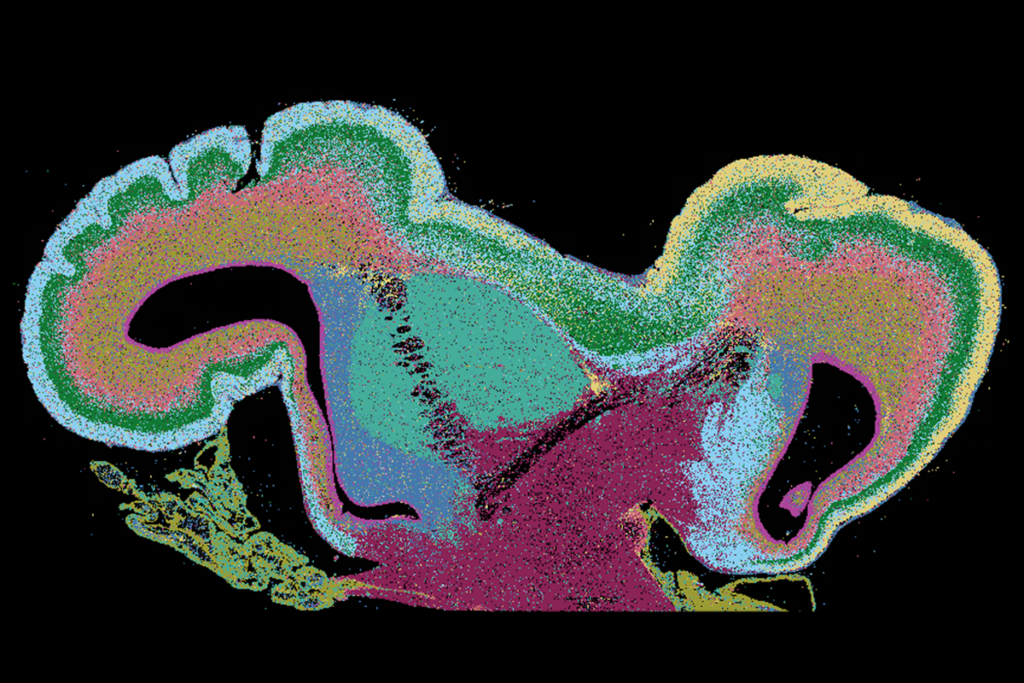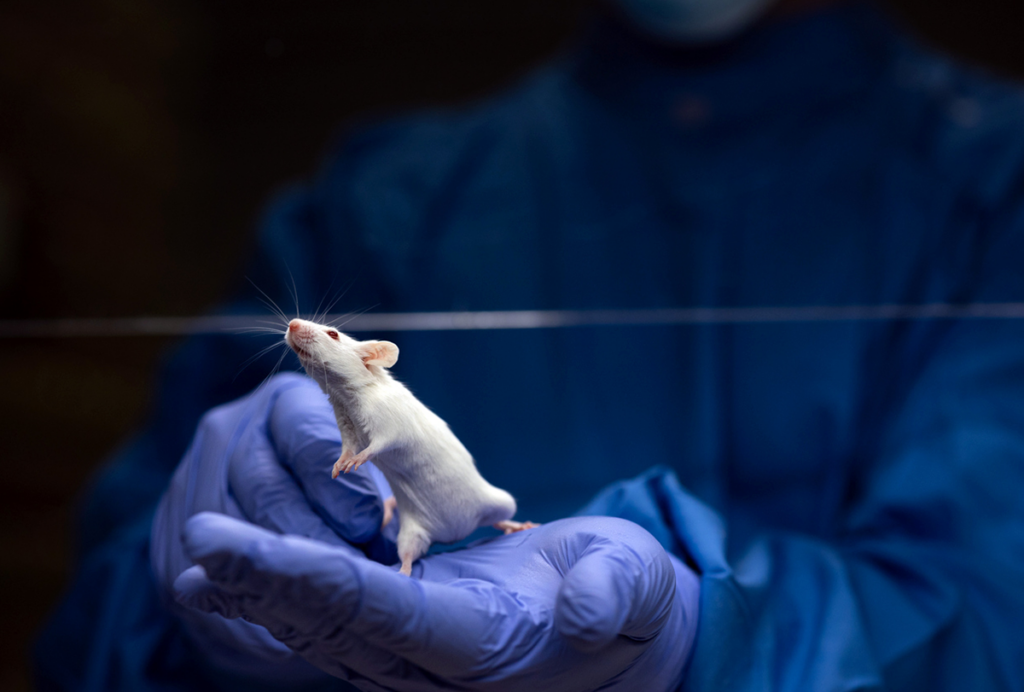New chromosomal culprits
The latest of many full genome scans of large groups of people with and without autism has identified two new chromosomal regions associated with the disorder. The findings were unveiled last week at the American Society of Human Genetics meeting in Philadelphia.
The latest of many full genome scans of large groups of people with and without autism has identified two new chromosomal regions associated with the disorder. The findings were unveiled last week at the American Society of Human Genetics meeting in Philadelphia.
The regions, one on chromosome 6 and one on chromosome 20, had never before been implicated in autism. The samples came from 800 families in the AGRE collection, a gene bank of thousands of families in which at least two children have autism.
Researchers compared about half a million single-nucleotide markers between the autism and control genomes ― a resolution much higher than previous attempts.
As with the other relatively large regions of the genome that have been linked to autism, the next step in the research will be identifying candidate genes within the region, and then screening those genes for causal mutations, says lead author Dan Arking, an assistant professor at Johns Hopkins School of Medicine.
Arking’s team (which included some of the scientists behind the touted 16p linkage studies also found that those who carry a specific allele near the SEMA5A gene region are at a lower risk of being diagnosed with autism. In follow-up work in postmortem brain tissue for 30 individuals, the scientists found that SEMA5A expression is lower in samples from people with autism.
The study highlights the two primary kinds of findings in autism genetics: relatively common genetic variants with small effects; and rare genetic variants with large effects.
Recommended reading

New organoid atlas unveils four neurodevelopmental signatures

Glutamate receptors, mRNA transcripts and SYNGAP1; and more

Among brain changes studied in autism, spotlight shifts to subcortex
Explore more from The Transmitter

Psychedelics research in rodents has a behavior problem
Can neuroscientists decode memories solely from a map of synaptic connections?
